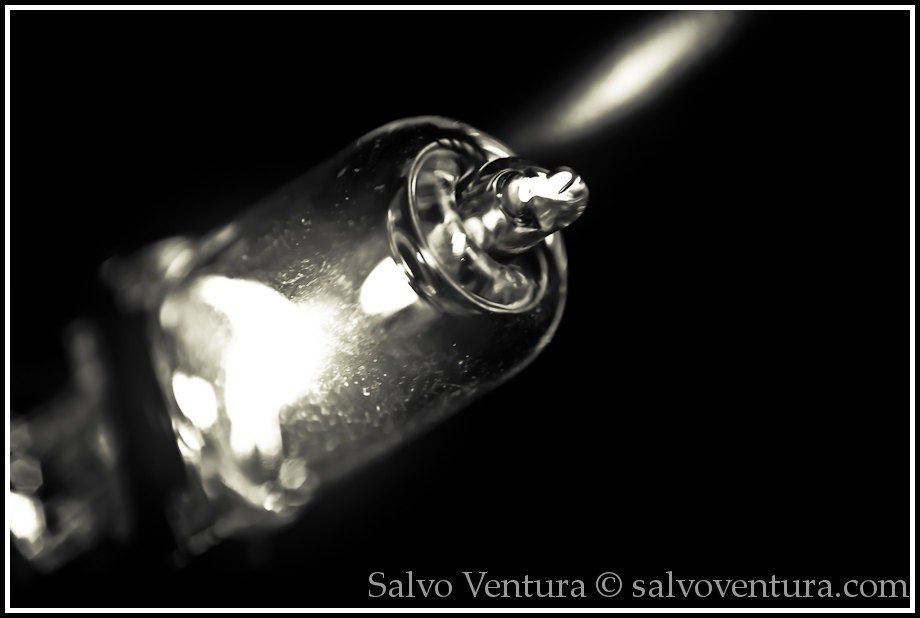I have peeked in macro photography some time back, using my 50mm and one of my latest buys at the time. After reading many articles about 50mm reverse-macro adapters to allow for a cheap alternative to expensive macro lenses, I decided to go ahead and purchase one of such adapters.
I found mine on Amazon from Fotodiox Inc. for under $10. Ordered last week, I got it yesterday in my mailbox so I had to give it a quick try.
I was surprised to find out that the ring I received was not plastic, but metal (aluminum presumibly), which gives me a sense of solidity. After mounting the ring on the 50mm front, I took off the lense, reversed and mounted it on the camera body.
At this point, my camera started to throw lots of error signals; as the lense was reversed, the camera was not able to detect it. But don’t worry: I turned off the camera, switched to manual mode both aperture and speed, switched the lens to manual focus, and unlocked the aperture ring (on my Nikon 50mm) and all was good to go. Yes, you have to drive the whole rig in manual mode.
I started taking some random pictures to get familiar with the new toy, and I found true all what is said about macro. One of the challenges is light, you may need a lot. And focus, as with larger aperture your DOF will be less, and focusing on a tiny area will make it more difficult. Add to that the fact that by being so close to your subject, every tiny move will probably result in wrong focus or blurs; so a tripod is mandatory, as well as a remote shutter.
After poking around a bit with different settings on the camera and objects at hand, I concluded I will need to spend more time around this new gadget. But if you, like me, want to capture the world of small, then I think macro photography is a field worth of exploration.





